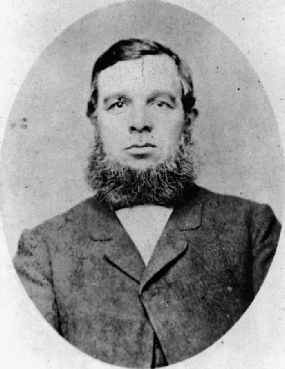Friends of Hastings Cemetery


The Queenslander (Brisbane, Qld. Sat 14 Jun 1884
Death of an Old Colonist.
NEWS has been received in Brisbane by cablegram that Mr. Daniel Williams, a gentleman well known in Queensland, died at St. Leonards, England, on the 9th May. Mr. Williams, who is best known here as the contractor for the Toowoomba and Warwick Railway, is a very old Australian colonist, having come to Victoria between thirty-
In the course of years he carried out many big jobs, both of a public and private nature, in Victoria and New South Wales, one of them being, we believe, a portion of the far-
the day over the work, the result bringing the case of Williams v. the Commissioner for Railways, which will be within the recollection of most of our readers, and in which he obtained a verdict for a substantial amount.
He subsequently engaged extensively in squatting pursuits in Queensland, being in partnership in different properties respectively with his brother (Mr. D. L. Williams), Mr. William Graham, Mr. Broadbent, and other gentlemen. As he made money he invested it in the colonies, and entered into many speculations, among these being coal mines in New South Wales, while he also established iron works and a paper mill at Lithgow, on the New South Wales Western Railway.
Mr. Williams has been a widower for many yean, and at the time of his death was approaching sixty years of age. Mrs. Edward Wienholt is his only daughter.
Goulburn Evening Penny Post (NSW) Sat 19 Jul 1884
Death of a well-
IN the S,M. Herald of Wednesday last there appeared a short notice of the death of a gentleman who was well known in Sydney -
Mr. Williams arrived in Victoria in 1851 where, after undergoing the usual routine of nearly all the early colonists, he commenced as a contractor, and carried out many contracts of a public and private nature. In 1853-
In New South Wales-
Subsequently engaging in squatting pursuits he held large interests in seven extensive squatting stations in that colony, the aggregate of his property. amounting to no less a sum than £500,000. Mr. Williams was for many years a widower.
He died at St. Leonards-
- Daniel is featured in the Australian Railway History No. 953
Bob McKillop explores the remarkable career of Daniel Williams as a master builder, railway contractor in New South Wales and Queensland and industrialist who built up the Eskbank Ironworks at Lithgow as a pioneer in rolling wrought iron rails for the railways between 1851 and 1875